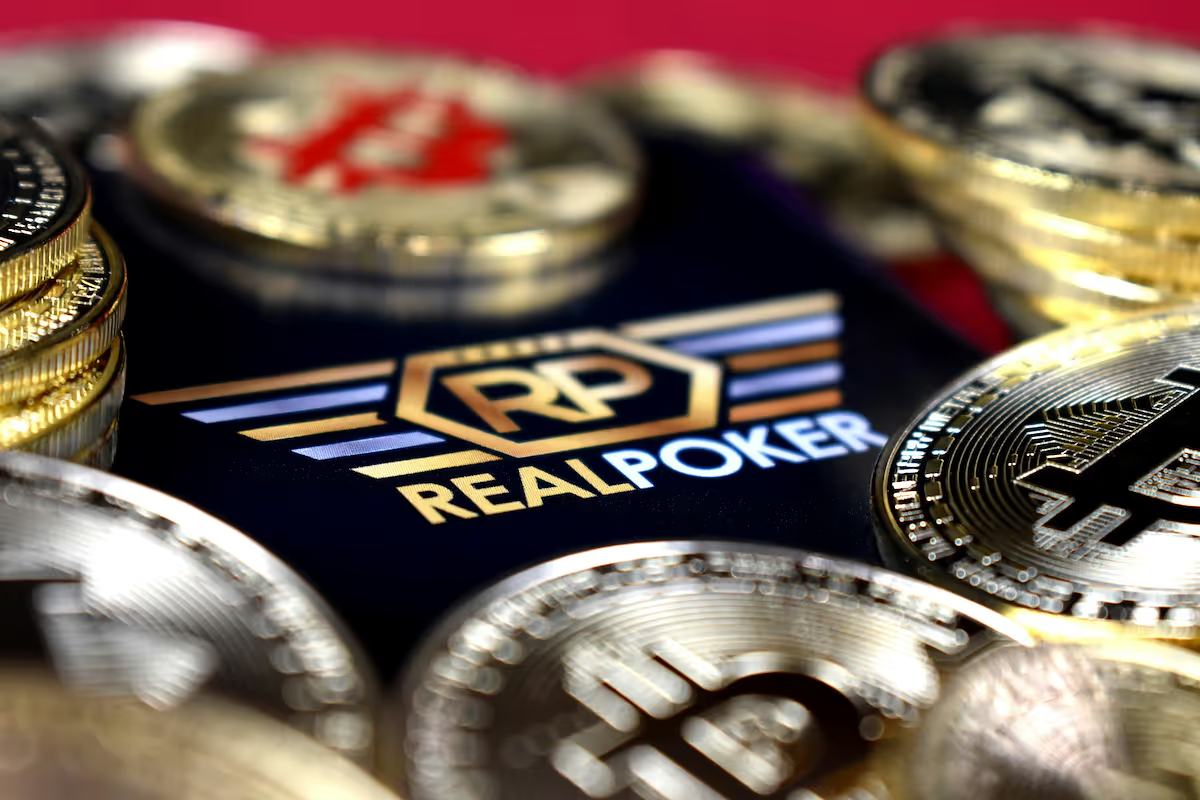Key Takeaways
- Asset Tokenization: Real-world assets are physical or financial items represented as unique digital tokens on a blockchain.
- Fractional Ownership: Tokenization permits dividing high-value assets like real estate into smaller, more accessible shares.
- Enhanced Liquidity: Bringing traditional assets on-chain creates new, global markets with 24/7 trading opportunities.
What Are Real-World Assets?
Real-world assets (RWAs) are tangible items like real estate, art, or gold, brought onto a blockchain as digital tokens. Imagine a $500,000 building being represented by 500,000 tokens. This process makes it possible for someone to own a fraction of that building, perhaps for as little as 0.001 BTC, opening up investment opportunities previously reserved for the wealthy.
This tokenization creates a direct link between a physical item and its digital representation on a distributed ledger. Each token acts as a verifiable certificate of ownership. This means illiquid assets, like a rare painting or private company equity, can be traded 24/7 across the globe, just as easily as sending a few satoshis from one wallet to another.
The Role of Real-World Assets in Modern Banking
In modern banking, RWAs are foundational for merging traditional finance with decentralized systems. Banks can use tokenized assets, from commercial real estate to private credit, as stable collateral in DeFi protocols. This integration creates more resilient financial products and opens new avenues for capital. It represents a significant step toward a more transparent and efficient global financial system.
Integrating Real-World Assets with Bitcoin and Blockchain
This is how you connect a physical asset to the blockchain.
- An asset, like a piece of property, is legally validated and its value is confirmed off-chain.
- A digital token is created on a blockchain to represent ownership of that asset.
- A binding legal contract is established, connecting the token to the physical item.
- The tokens are then made available on a digital marketplace, opening them to a worldwide audience.
Benefits and Challenges of Tokenizing Real-World Assets
Tokenizing real-world assets introduces profound efficiencies to financial markets but also presents new complexities. While markets can become more fluid and open, significant regulatory and technical hurdles must be cleared for broad acceptance.
- Liquidity: Previously illiquid items like fine art and property can be traded on global, 24/7 markets.
- Accessibility: High-value assets are divisible into smaller fractions, opening investment to a wider audience.
- Regulation: The legal status of tokenized assets remains ambiguous in many jurisdictions, creating uncertainty.
- Security: Maintaining a foolproof connection between a physical item and its digital token is a major technical challenge.
Regulatory Considerations for Real-World Assets
The legal status of tokenized assets is a primary hurdle for widespread adoption. Establishing clear regulations is essential for defining digital ownership and ensuring investor protection across global markets. Without a solid legal foundation, the full potential of on-chain assets remains constrained.
- Securities Law: Determining if a token qualifies as a security, subjecting it to strict financial regulations.
- Jurisdiction: Addressing the patchwork of international laws governing asset tokenization and cross-border trades.
- Ownership Rights: Creating legally enforceable contracts that connect the digital token to its underlying physical asset.
- Compliance: Integrating Anti-Money Laundering (AML) and Know Your Customer (KYC) protocols into decentralized systems.
The Future of Real-World Assets in Digital Finance
The next phase of digital finance will see real-world assets become the primary collateral for a new global economic system.
- Automation: Smart contracts will manage complex financial agreements, from loan origination to dividend payouts, without intermediaries.
- Composability: Tokenized assets will be combined to create novel financial products, offering new sources of yield.
- Integration: Traditional financial institutions will increasingly adopt on-chain assets, merging old and new money systems.
Real-World Assets on the Lightning Network
The Lightning Network brings instant, low-cost settlement to tokenized real-world assets. Using protocols like Taproot Assets, digital representations of property or commodities can be transacted globally with minimal fees. This moves beyond simple payments, allowing for the high-frequency trading of asset-backed tokens directly on Bitcoin's second layer. It creates a new financial infrastructure where ownership of physical goods can be transferred with the speed and finality of a Bitcoin payment, opening markets to a new scale of activity.
Join The Money Grid
You can access the full potential of digital money through platforms like Lightspark, which provides infrastructure built on Bitcoin for instant, global payments. With tools to integrate the Lightning Network and support for tokenized assets, you can move value tied to real-world items as easily as sending a bitcoin payment.


